WAR GRAVE
PATRICK JOSEPH MURPHY (grave 14)
PILOT OFFICER
104 SQUADRON
ABOUT MY LIFE
Born: Unknown
Died: 16th August 1941
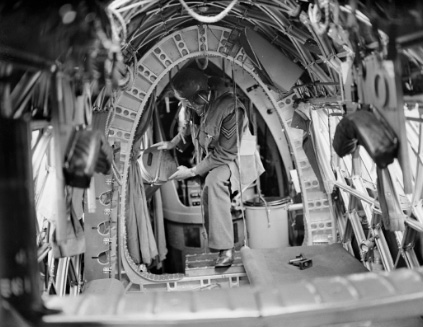
Inside a Wellington bomber.
Nothing is known about my background.
MY AIRCRAFT
The Vickers Wellington was the brainchild of Barnes Wallis whose invention of the bouncing bomb would later forge an eternal bond to RAF Scampton. The Wellington was designed using a revolutionary geodetic lattice construction, this lattice work was covered in fabric and produced a very light, yet incredibly strong airframe.
The Wellington first flew on 15th June 1936 and continued in production throughout the war, earning the distinction of being the only British bomber to do so.
In total, 11,461 Wellingtons were made, earning it the further distinction of the most produced British bomber, with the last one rolling off the production line in October 1945. The last flight of the Wellington in RAF service happened in 1953.
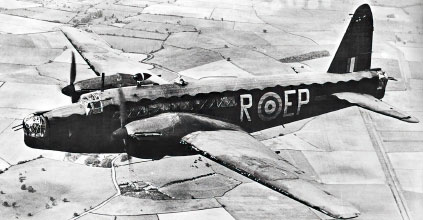
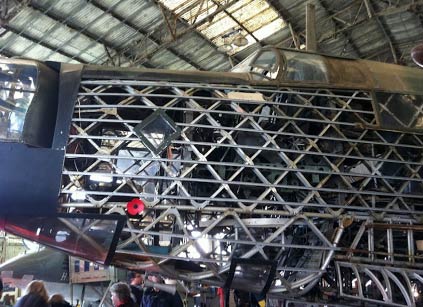
The Wellington’s Geodetic construction.
MY ROLE
I was an air gunner on this aircraft.

RAF Air Gunner Training.
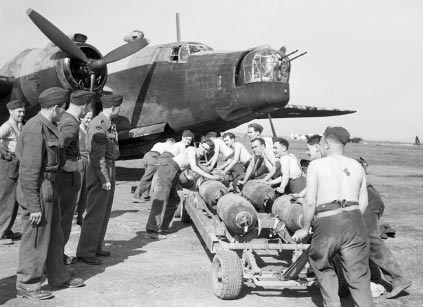
MY SQUADRON
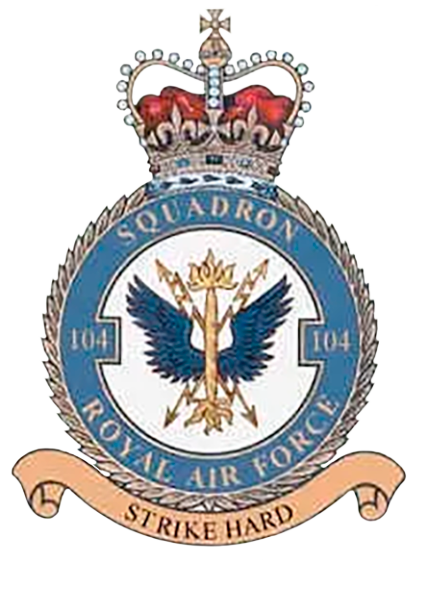
Motto: Strike Hard
104 Squadron was formed on 4th September 1917 at RAF Wyton in Cambridgeshire. In May 1918, they were posted to France and fought on the Western front, before being disbanded in 1919, following the end of the war. With rising tensions in Europe, the squadron was reformed on 7th January 1936 at RAF Andover, flying the Hawker Hind biplane. Just before the beginning of the war they converted to the more advanced, though still obsolete, Bristol Blenheim.
On the 1st April 1941, the squadron moved to RAF Driffield and converted to the Vickers Wellington medium bomber and it was this aircraft that they fought the night war over Europe until they were moved once again.
In October 1941, they were sent to Malta and continued operations in and around the Mediterranean for the rest of the war. In 1945 they re-equipped with Consolidated Liberators and later the Avro Lancaster.
In the post-war years, the squadron flew the English Electric Canberra and became a Thor ballistic nuclear missile unit at the time of the Cuban Missile Crisis. The squadron finally disbanded on 24th May 1963.
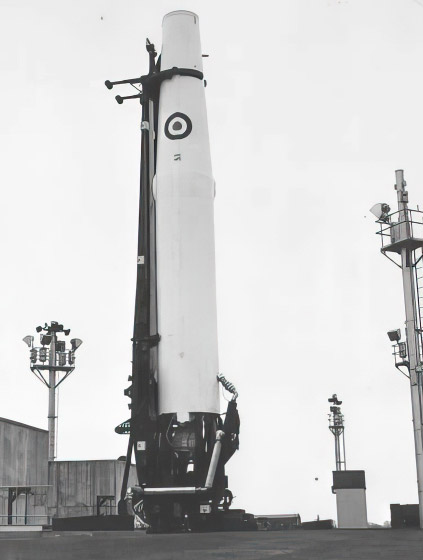
Thor Ballistic Nuclear Missile.
THE ACCIDENT
Unfortunately, this was no accident. At 23:27hrs, we took off from RAF Driffield in East Yorkshire, to join a force of 72 aircraft attacking Cologne in Germany. Just 34 minutes later, whilst still over England, we were attacked by a German night-fighter. It was not unheard of for the Germans to do this, but it was relatively rare, in our minds, the danger was far ahead over enemy territory and this attack would have taken us completely by surprise.
At one minute past midnight, far below, PC Hollingsworth of East Retford Police Station was on patrol, he gives the following account:
“At 0001hours on the night of 16th/17th August 1941 I heard machine gun fire to the North East of South Leverton and observed tracer bullets. A minute later I observed an aircraft falling in flames. At 0002 hrs I heard the aircraft hit the ground and explode. I proceeded to the spot as quickly as possible and took charge. I was unable to approach the burning aircraft owing to the fierce heat of the fire. However, I remained in close proximity. At 0030 hrs there was a terrific explosion caused by the bombs exploding and I was hurled seventy yards by the blast. I suffered no serious injury.”
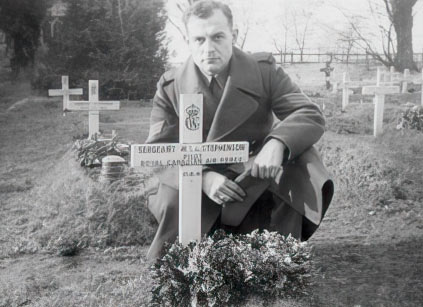
Thomas’s cousin visits his grave.
CASUALTIES – 16TH AUGUST 1941
Sergeant Thomas Stephenson (Pilot) (Buried Scampton) MORE
Sergeant Stanley Steward (Observer) (Buried Scampton) MORE
Pilot Officer Patrick Murphy (Air Gunner) (Buried Scampton)
Sergeant John Nowlan (Pilot) (Buried Eltham Churchyard Southwark)
Sergeant Kenneth Hutchinson (Wireless Op) (Buried Long Eaton, Derbyshire)
Sergeant Ivor Henderson (Air gunner) (Buried Chickerell Churchyard, Dorset)
It would later turn out that the pilot who attacked us was a renowned Luftwaffe night-fighter ace called Lieutenant Hans Hahn. Hans had been born in Rheydt, Germany on 9th February 1919. He was a Junkers Ju88 pilot, but he and his crew were to die less than two months later, on a similar operation. Their aircraft collided with an Airspeed Oxford training aircraft they were attacking and they crashed near the village of Barrowby, Grantham.
On the night he attacked our aircraft, hans and his crew had a lucky escape. During the attack, his JU88 was struck by parts of our aircraft and he had to return to base on one engine.
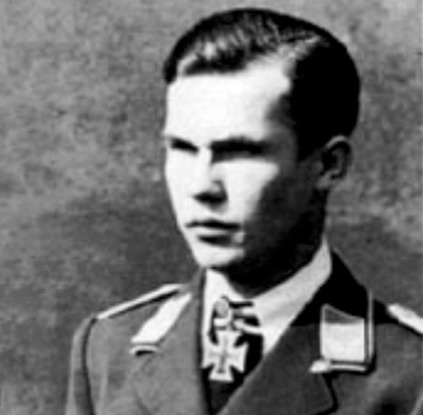
Where Next
Visit the grave of Hans Hahn at the German War Cemetery at Cannock Chase in Staffordshire.
ON THIS DAY IN WORLD WAR TWO – 16TH AUGUST 1941
German forces cross the Volkhov river near Novgorod.
Britain and the USSR protest about the large number of German “tourists” in Tehran.
